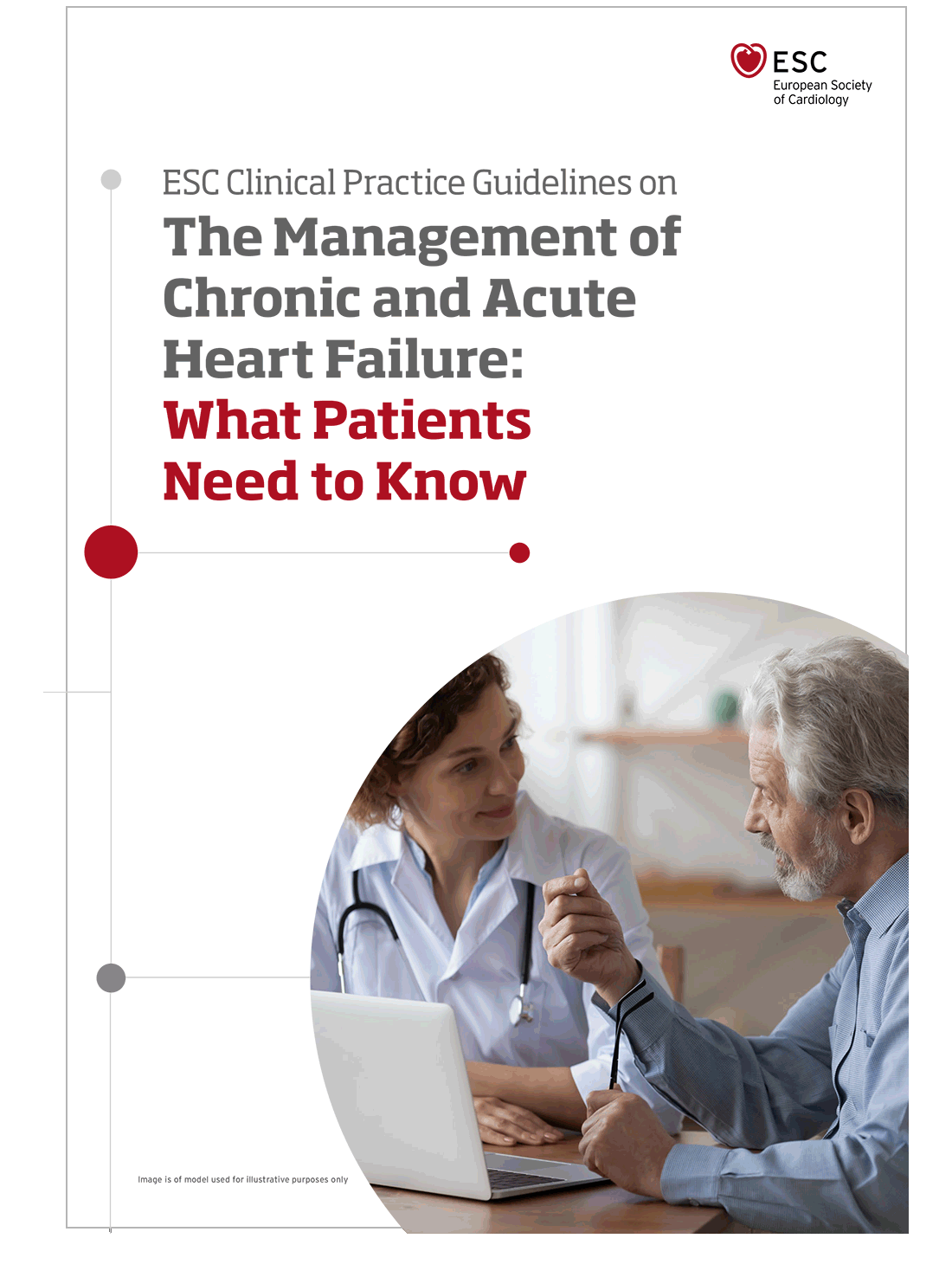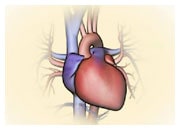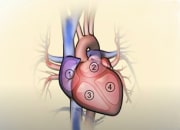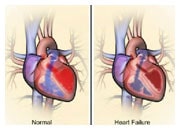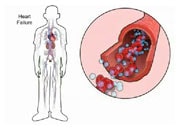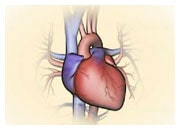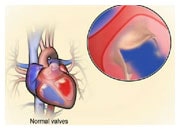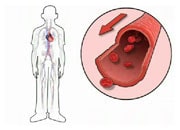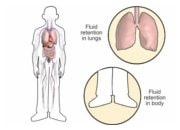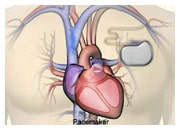Iron therapy in patients with heart failure and iron deficiency
In patients with heart failure and a reduced ejection fraction, iron deficiency is common. It is therefore recommended to screen for iron deficiency in these patients by measuring levels of ferritin and transferrin saturation. Importantly, specific thresholds of these laboratory values have been defined to establish the diagnosis. Once, iron deficiency has been diagnosed, iron stores should be replenished. Of note, oral iron supplementation is usually ineffective due to its poor absorption. Therefore, intravenous iron supplementation is the therapeutic approach of choice, and it has been proven to be safe and effective.
The majority of evidence is related to the intravenous iron preparation ferric carboxymaltose. A newer alternative is ferric derisomaltose. Typically, intravenous iron is administered via an infusion of iron dissolved in 100 mL of saline, in doses of 500 mg to 1000 mg. The duration of the infusion is about 15 min. It can be safely delivered both in hospital and ambulatory settings. Intravenous iron supplementation has been proven to reduce the symptoms of heart failure, improve quality of life, increase exercise capacity and skeletal muscle strength as well as reduce the risk of recurrent hospitalisations.
The replenishment of the iron status should be rechecked by a blood test approximately 3 months after the last administered dose.
Intravenous iron that may be used in heart failure
- Ferric carboxymaltose
- Ferric derisomaltose

